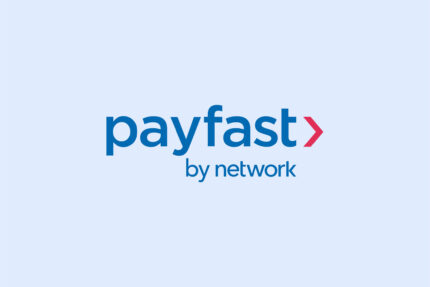As a digital merchant, protecting your online store from fraud is of the utmost importance. There are a number of fraudsters out there just dying to hoodwink you out of your hard-earned cash, and due to the “arm’s length” at which transactions take place, there is little to no recourse an online merchant has if fraud strikes.
This post continues from Part 1 of the series and shows you additional ways to detect fraudulent transactions:
4. Assess Geographic Location
If you are shipping physical product, you will have access to the delivery addresses of your customers. Use this information to assist you in picking up payments which are potentially fraudulent. Be wary when:
- multiple “customers” use the same address, or if
- the address is an internet cafe or another public facility.
If you suspect something fishy, be sure to use Google Maps and specifically Google Streetview to check out the address and be on the lookout for “dodgy” areas.
5. Mismatching Names
Compare the name given during the payment process on PayFast with the details you have for a specific account holder (eg. in your eCommerce system). If these names are different, the transaction has a higher risk of being fraudulent. Also, be on the lookout for strange names given during the payment process; if the transaction or the names don’t look quite right, rather bring the transaction to our attention.
Obviously what constitutes a strange name is open to interpretation and depends on your target market, but here are some of the stranger ones we’ve seen: Epson Aculaser, Fun Damos.
6. Free email addresses
Almost all fraudulent payments are from free email addresses where fraudsters open several free accounts with email providers like hotmail, gmail, yahoo etc. This is not to say that genuine payments will not be made with a free email account so, when you suspect fraud, use this as one factor to assess the likelihood of it.
Keep in mind that the reverse also applies where, if a buyer has used a non-free email address (eg. @payfast.co.za), then the chances of the payment being fraudulent are lessened. This only holds true though if they have actually received and confirmed that they can access email sent to the address (eg. by confirming their address or activating their account by clicking a link in an activation or welcome email).
Conclusion
Unfortunately, there is no single solution to online fraud and one must look at a variety of factors to assess the likelihood that a transaction is fraudulent. Our automated fraud detection and prevention systems combined with manual reviews by our trained personnel ensure that we keep the number of fraudulent transactions through PayFast incredibly low!
We can use always use your help in this regard though, so practice the measures given in Part 1 and Part 2 of this series and if you think a transaction is suspicious, bring it to our attention such that we can review it as well. As the old adage goes, “better safe than sorry”!




